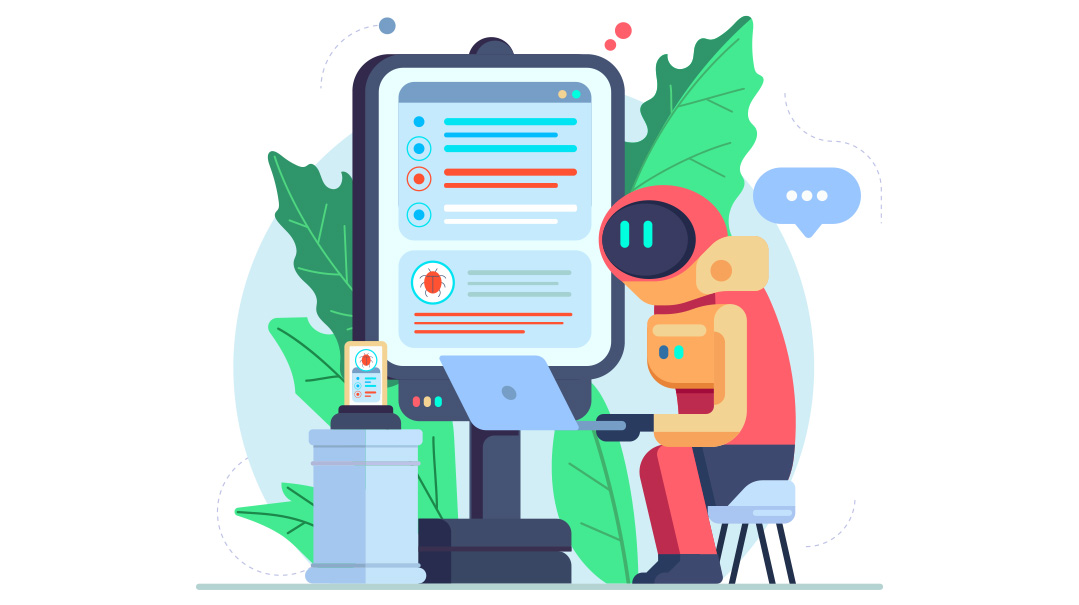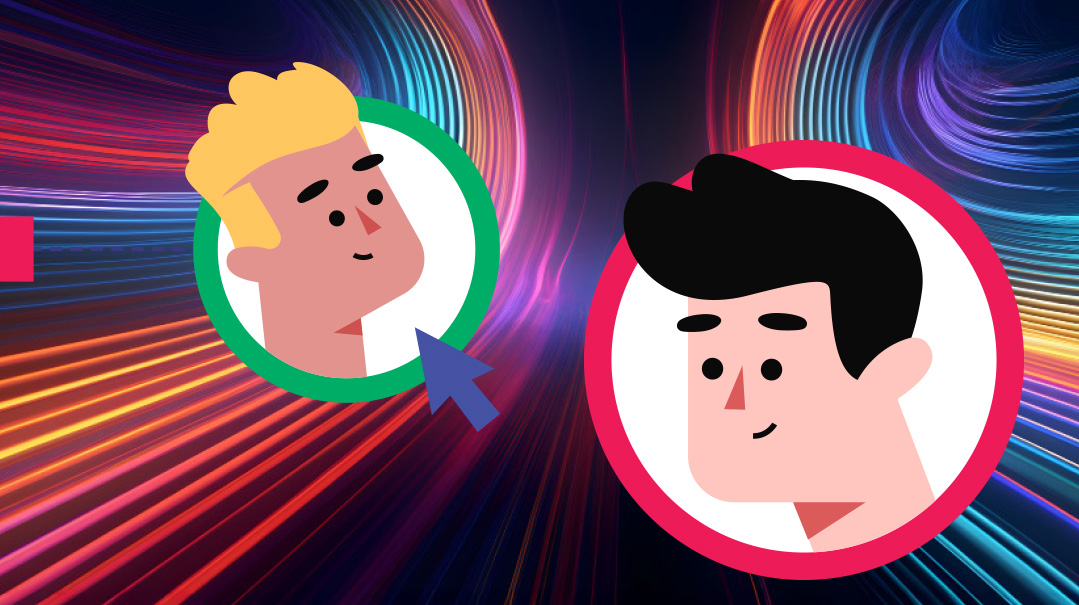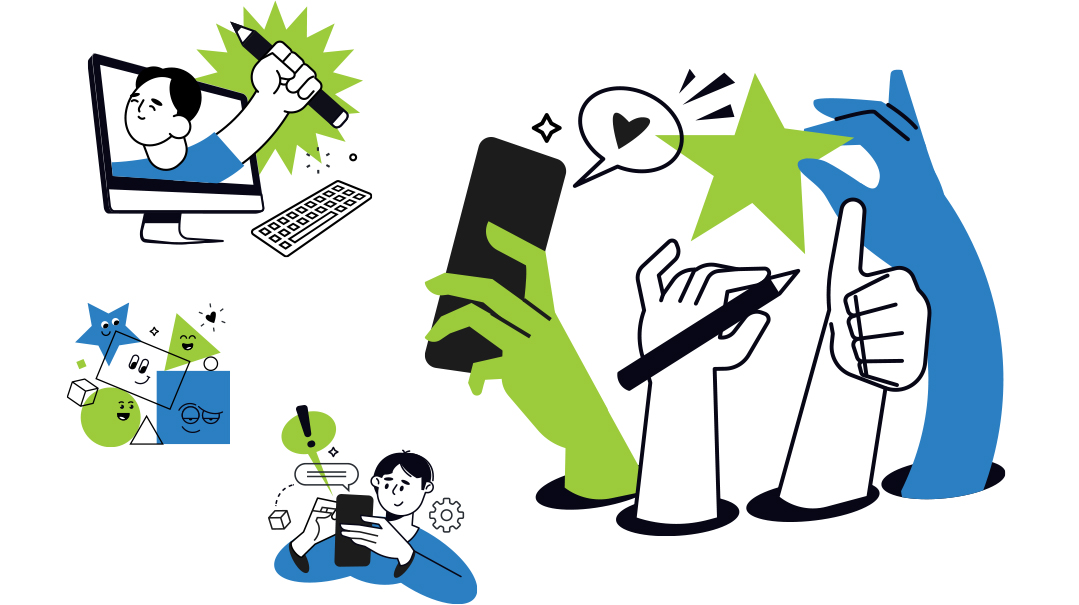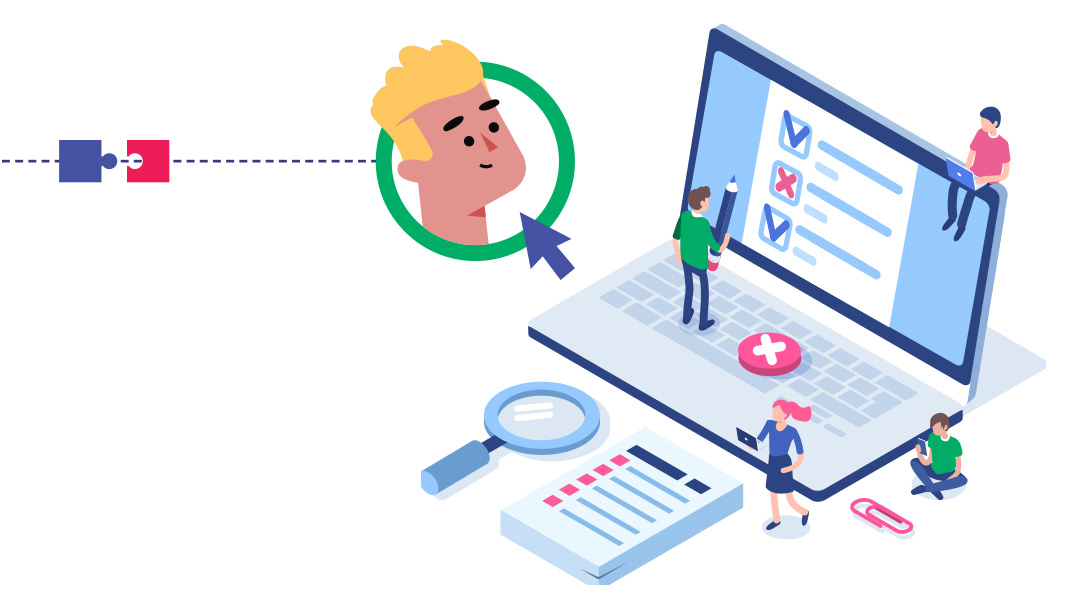Software Savvy: Part 10

There’s a fine line between using AI and allowing it to take over your company

I was pushing my kids on the swings in the park when my neighbor Shira sidled over, pushing a stroller. She looked like she needed to let off steam.
“I just needed to speak with a human!” she said agitatedly. Shira is a small-business owner selling baby accessories and she’s troubleshooted with me about software issues before. “I’ve been using this platform for years and I’ve been very happy with their customer support — why did they have to go ruin everything by replacing their team with an AI bot?”
While this wasn’t the park small talk I expected, I totally understood. “Yeah, it’s a problem,” I commiserated. “Many software companies got a bit overexcited about AI. They’re really taking it a bit overboard.”
“So, what am I supposed to do?” she asked. “There’s this software that I’ve been using for years. Occasionally I have a small issue and reach out for assistance, and they’re always super helpful. But when I tried the support center yesterday, instead of a human, I got an AI chatbot. I wrote my question, and it gave me a useless answer. Every time I tried explaining to the bot that its advice wasn’t working, it just repeated the same thing.”
“Ugh,” I sighed. “That’s so annoying! AI often does that.”
“Practically, what should I do?” Shira asked. “It’s also gotten me thinking. Until this happened, I was actually very excited about AI. I got the all-clear from my rav and was hoping to integrate it into the system that we use in our company. But now I’m not sure. What do you think?”
I gave my toddler an under-doggy, and as he squealed with delight, I turned back to Shira.
“It’s a hard balance,” I agreed. “You want to stay current and incorporate AI while still making sure you’re not going overboard and expecting AI to be able to do everything perfectly.”
“How do I even start to find the balance?” Shira asked.
AI versus Humans — are we using it enough, or too much?
Let’s take a step back first and define AI: It stands for artificial intelligence. It’s a general term used for a model that can learn and absorb information and can come to its own conclusions based on the information it was taught.
What makes AI different from a search engine, like Google, is that it can use the information it was taught to generate new things. For example, there are AI models that were taught a lot about art and can now create their own images.
Another big thing that makes AI so exciting is that it can communicate with humans in a natural way. If you ever tried typing (or even speaking) to AI, it’s like communicating with another person.
AI is thrilling, and people speculate that it will transform technology. True or not, reality is that AI gives computers a whole new level of capabilities that they didn’t have previously. Now that this potential exists, companies feel like it’s a waste if they don’t use it.
“There’s a fine line between using AI and allowing it to take over your company,” Shira interjected. “I understand that AI is amazing and powerful, but to just use it in every way possible is a bit much.”
“I agree with you,” I said. “You can understand a lot about a company based on how they use AI.”
AI uses in software
Every software company is trying to find a way to use AI. Why?
- Because it’s really helpful.
- They’re scared to be seen as falling behind.
There are two ways that companies are approaching AI. Some throw everything AI at the wall and see what sticks. The problem with that is that when they roll out these new AI features so quickly, they often don’t have enough time to test them out properly, so the features are often not accurate and not helpful, and the customers,like Shira, end up frustrated.
Other companies take a more deliberate approach. They try to see if there is somewhere in their system where AI will actually be helpful. Then they spend time training, integrating, and testing their new AI model before publicizing it and making it available to the public. Platforms like that have many fewer features, but each feature that they have usually works well and is helpful.
“Well, what should I do if the software that I’m currently using is going overboard with AI?” Shira asked.
“Generally, even companies that are using AI for their customer service didn’t get rid of their support team entirely,” I explained to her. “They just made it hard to get to a human. The best advice I have is to be blunt with the AI chatbot. Just tell it over and over, I want a HUMAN. No matter what it answers you, just write HUMAN please, over and over. Eventually it’ll give up and tell you how to contact a human representative.”
“That’s annoying.”
“Yup! It is. Hopefully one day, companies will chill out and remember that as good as AI is, it’s worth making it easy enough to reach a human. In the meantime, we need to learn to be pushy with AI.”
“I hear.” Shira sighed. “On another note, how should I use AI in my company?”
I laughed. “It depends on what company you want to be. Do you want to be the type that just rolls out tons of AI, or the type that invests thought and takes things slow?”
“In other words — do I want my clients to be as mad at me as I am at other companies?” Shira smiled.
How should YOU use AI in your company?
If AI exists and can be helpful to you, then why not use it?
Some people have an aversion to AI; they’re afraid it can be abused, or that it will replace human teams. Both these arguments are flawed. AI is a tool; it’s all about usage. Using AI will relieve you or your employees of low-level repetitive tasks, or even high-level tasks, freeing you to engage in more complex work, but human oversight and touch are always necessary. And at the end of the day, AI is here to stay. If you want your business to be successful, then you should start thinking about how you can use AI in a way that will work for you, your team, and your clients.
So how can you use AI?
There’s the simple way, which is just using the AI platforms that are already out there to help you in your work. There are so many AI platforms out there, and each one was made to help a specific industry. It’s worth taking some time to learn how to properly use the platforms that would be helpful to you.
Start by a simple Google search: “AI in ____” (fill in the blank with your job title). You will see which platforms were made to help people do what you do.
The second step is learning how to receive the most benefit from AI. AI generates better quality answers based on how you phrase your question or request. It’s worth learning “prompt engineering,” which includes techniques on how to phrase your prompts or requests to AI in a way that produce answers that actually help you. There are many short tutorials and videos explaining how AI works and how to use prompt engineering in the most productive way possible.
There is another, more complex way to use AI in business. If you are serious about integrating AI into your business and you want it to work well, it might be worth training your own AI model.
Training an AI model means teaching AI things that you want it to know so that it will be able to use the information that you taught it to better help you. You can teach it about your business or things that it would need to know about your industry. Then, once you have this model, you can use it as part of your customer service, for your marketing, or even just to answer your employees’ questions. The model that you created will be much more helpful and accurate than ChatGPT, because it actually knows about your business and your field.
(Originally featured in Mishpacha, Issue 979)
Oops! We could not locate your form.







